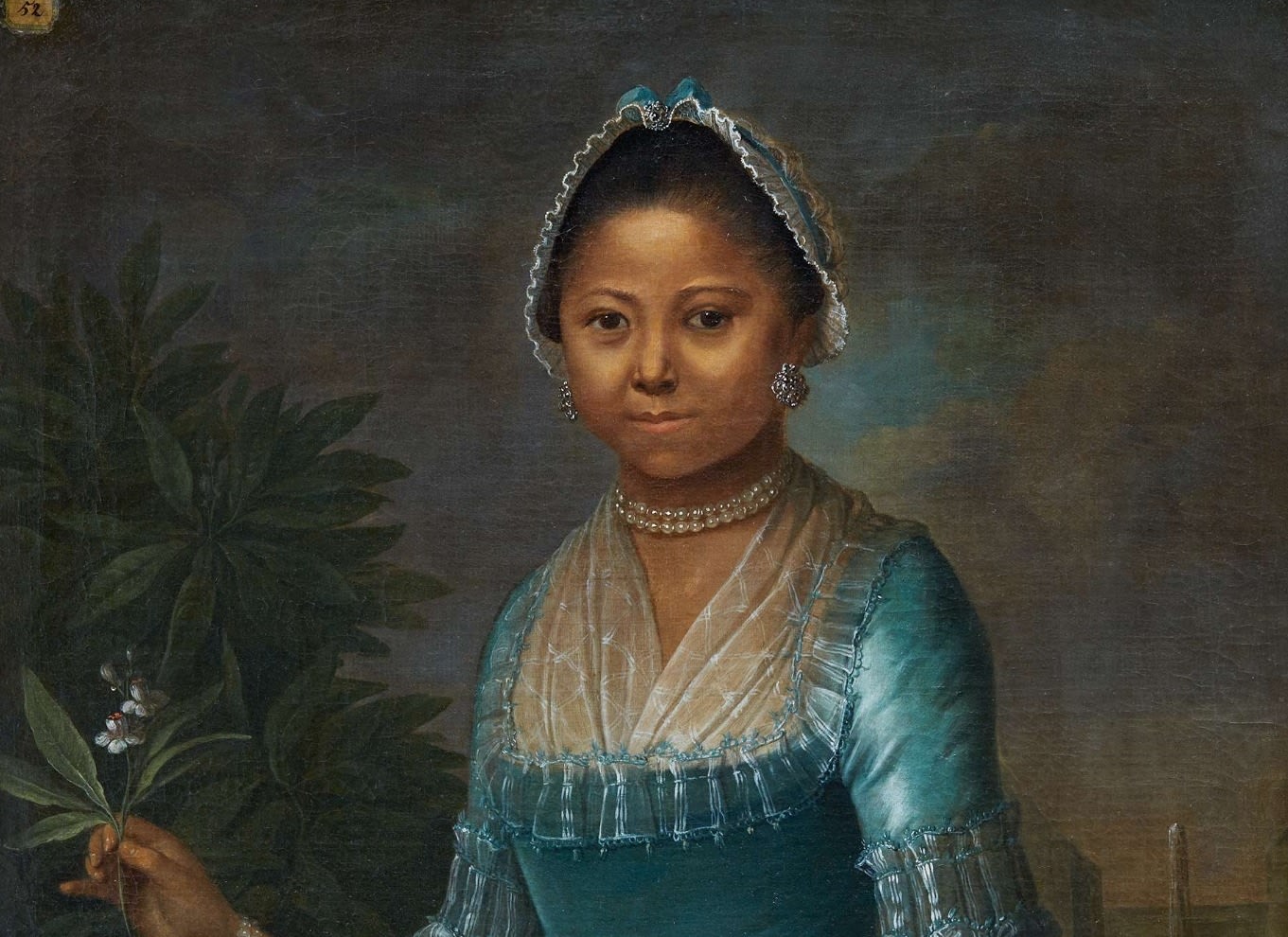Athena's Black Art History Quiz
How much do you know about Black art history?
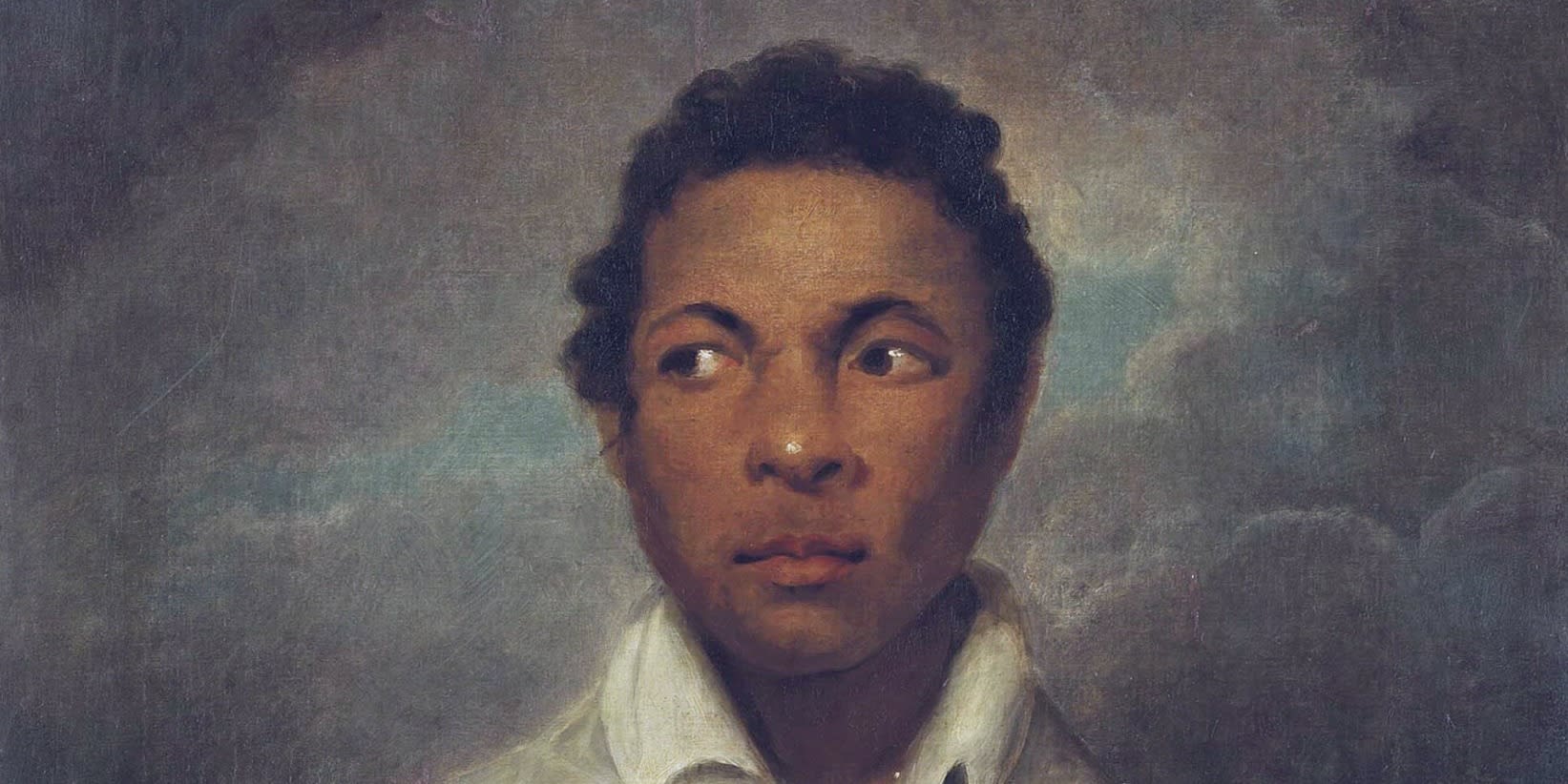
Which famous Romantic artist created this 19th-century painting, which recently inspired contemporary American artist Kehinde Wiley?
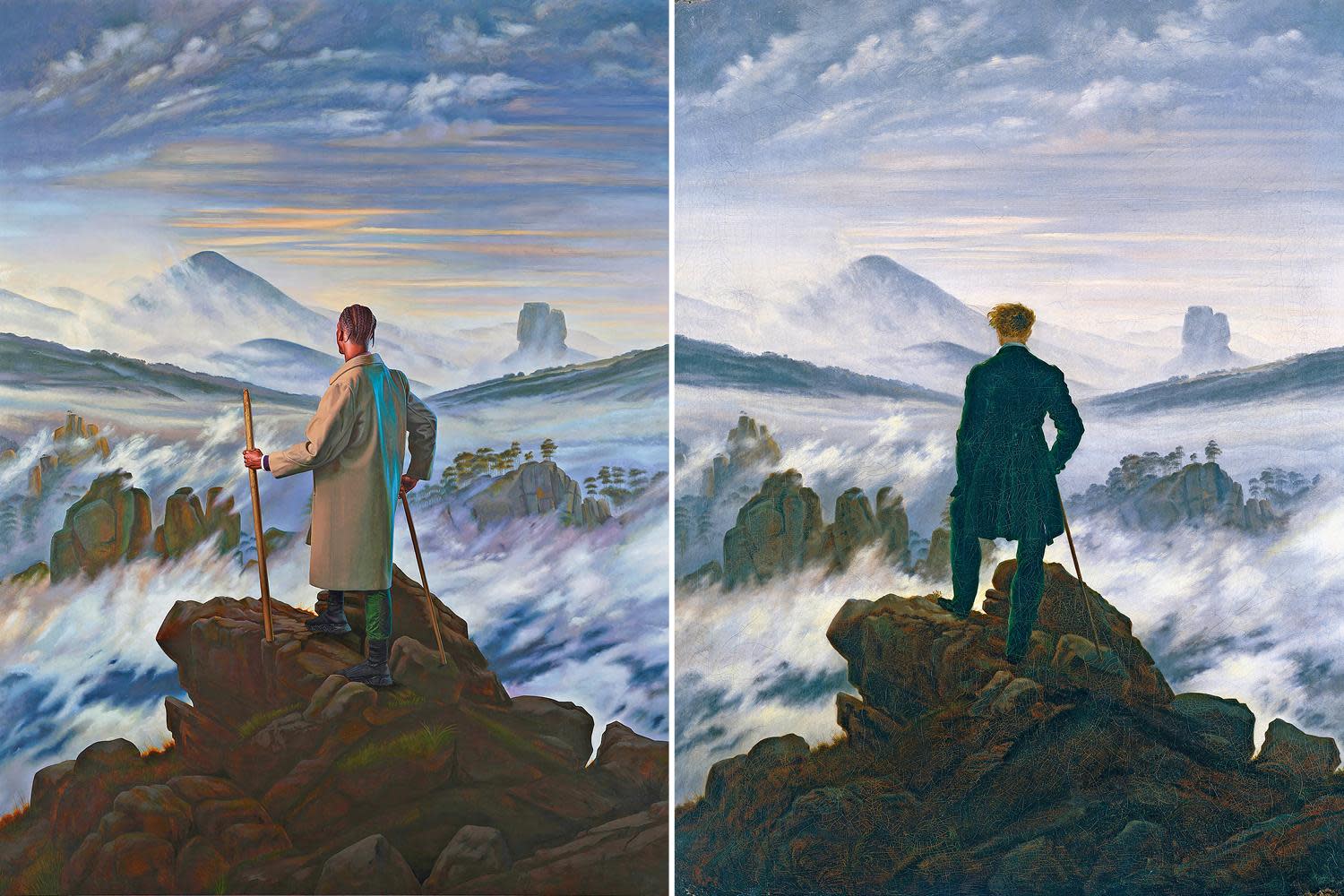
German Romantic painter Caspar David Friedrich painted 'Wanderer above the Sea of Fog' around 1818. It has become one of the most famous paintings associated with 19th-century Romanticm (a cultural movement which emphasised that emotions and nature - not simply reason and order - were equally important means of understanding and experiencing the world.)
By quoting this archetypal Romantic painting, and inserting a Black figure as its protagonist, Kehinde Wiley draws attention to the absence or relegation of Black figures within European art, whilst also raising questions about power, privilege and identity.
Which is the odd one out?
The odd one out depicts Ngola Nzinga Mbandi, leader of Ndongo and Matamba, was born in the early 1580s to the ruling family of the Kingdom of Ndongo (in what is now Angola). Despite being deposed by Portuguese colonists, Njinga Mbandi fought for the independence of her kingdom over the course of her 37 year reign.
All of the other images depict the Queen of Sheba, a mysterious figure who appears in religious texts sacred to Jews, Christians, and Muslims. Although some modern historians identify her with present-day Yemen and Ethiopia, other historians suggest she did not actually exist.
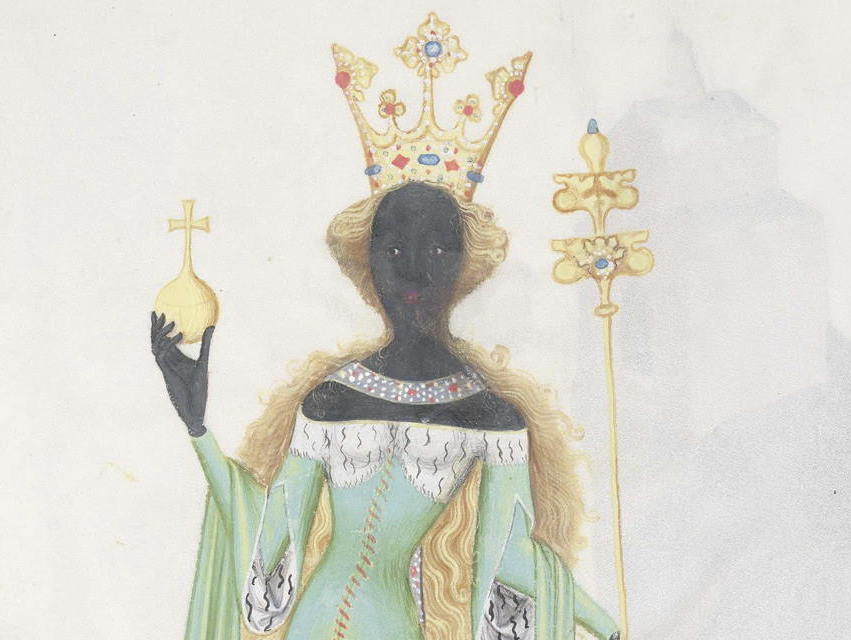
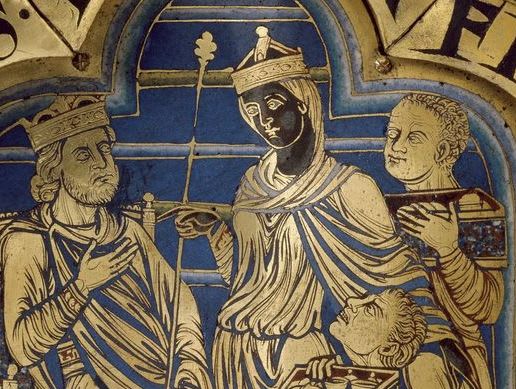
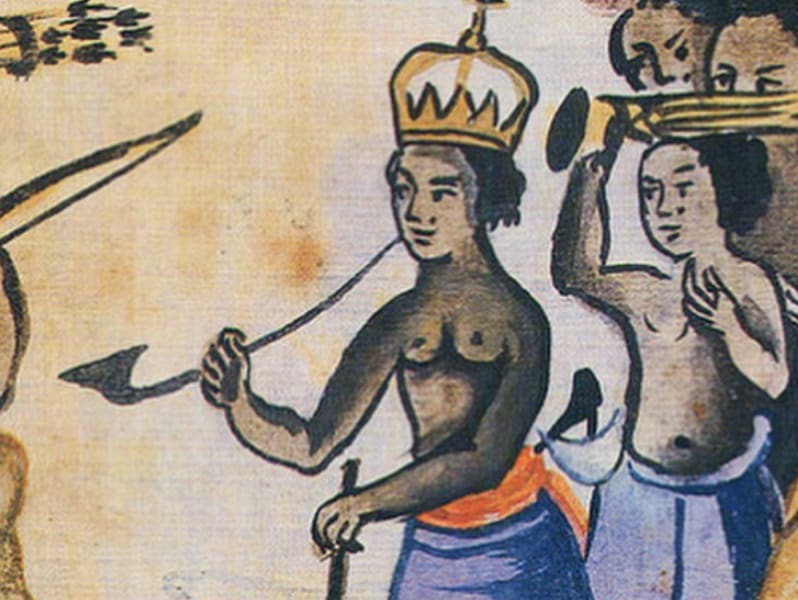
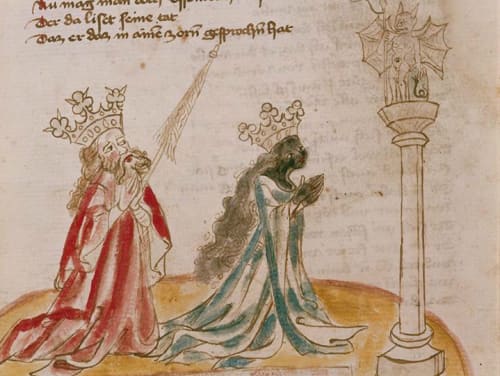
In which country did Pierre Louis Alexandre become a well-known artist’s model?
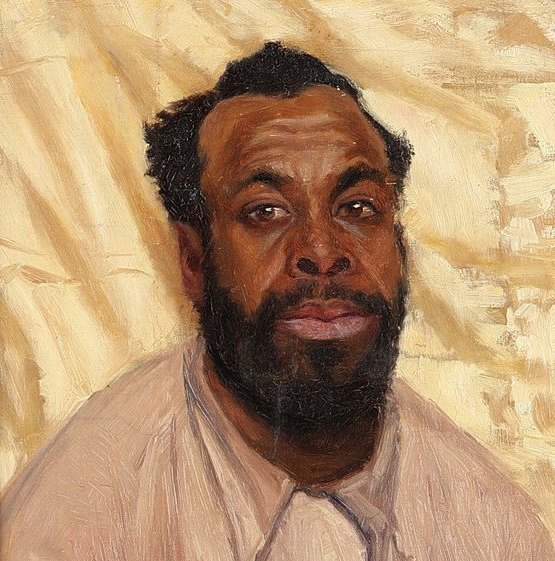
Pierre probably travelled from French Guiana to Sweden in 1863, most likely as a stowaway on an American ship. Once in Stockholm, Pierre found work as a dock labourer but soon became an artist’s model at the Academy of Fine Arts.
There are around 40 surviving works in which Pierre is the model, dating from between 1878 to 1903 in Stockholm - which probably makes him the Black sitter about whom we have the most images in pre-20th-century art.
According to archival evidence, Pierre married twice (having two children with his first wife), lived at several addresses over the years in Stockholm, and he died in his early sixties in 1905 of tuberculosis.
Which contemporary artist said: "The subject matter of the Three Graces is all about idealised beauty – so I wanted to see my own version. I began by looking at the Rubens Three Graces and then used photographs of friends and my mother for the faces"?
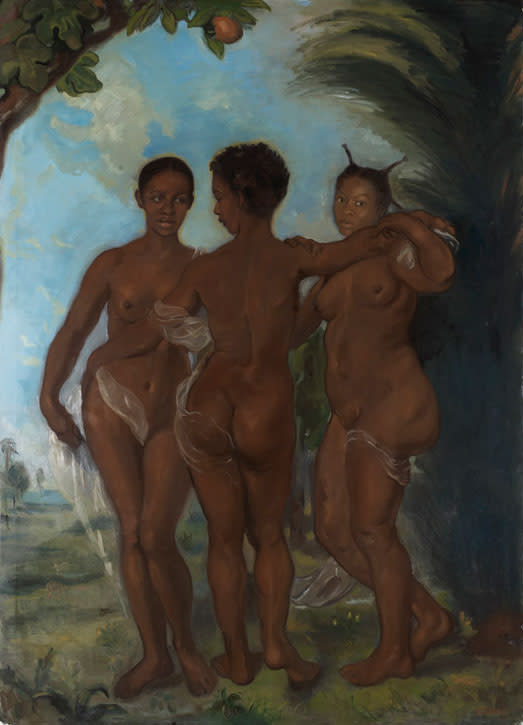
Sahara Longe is a British artist based in Suffolk. Her work varies from depictions of ordinary moments in life to large scale mythological paintings, drawing her inspirations from Rubens, Velazquez and Gauguin.
Longe explains: "Although my work references art history, I'm not trying to provide a critical commentary. I respect artists such as Titian and Rubens, and I wanted to continue that visual language but put my own take on it. It seemed boring to simply recreate the subject of Adam and Eve as it has been done before."




Where were these bronze sculptures made?

From the 12th to the 15th centuries, Ife flourished as a powerful, cosmopolitan, and wealthy city-state in West Africa, in what is now modern Nigeria. It was an influential centre of trade connected to extensive local and long-distance trade networks which enabled the region to prosper.
These bronze heads were made between 1300-1450. The identification and function of the heads remains uncertain, but they clearly portray people of status and authority, possibly kings (ooni) of Ife.
Today, Ife is regarded as the spiritual heartland of the Yoruba people living in Nigeria, the Republic of Benin, and their many descendants around the world.
Portrait of a Lady Holding an Orange Blossom is an oil painting made in the 1770s. Which gallery acquired this painting in 2020, and has since been working to uncover the sitter’s identity?
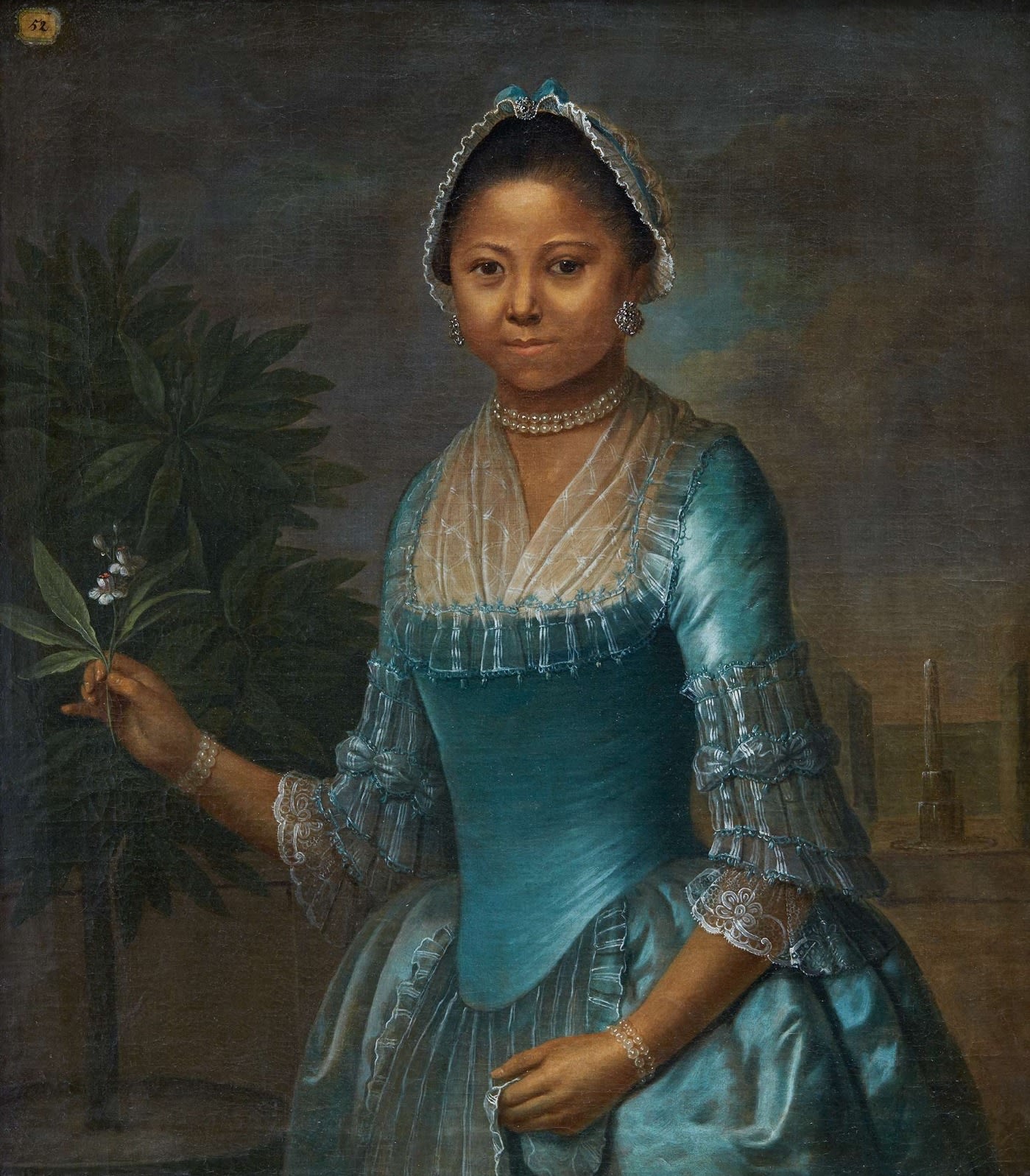
The Art Gallery of Ontario explains: "Since we acquired the painting, we have worked with generous colleagues across Canada and abroad to learn more about the painting and the woman it depicts. Scholars of race, botany, costume; archivists, art historians, and painting conservators, have all shared their knowledge."
In which country is this Black madonna found?
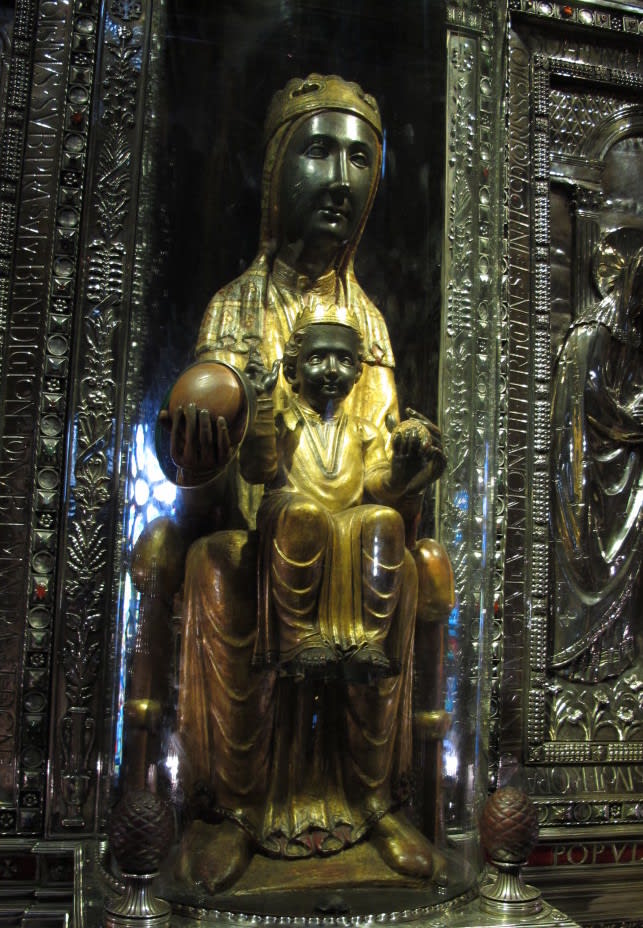
This 12th-century Romanesque polychrome carving is found in Santa Maria de Montserrat monastery on the Montserrat Mountain in Catalonia, Spain. In 1881, Pope Leo XIII proclaimed Our Lady of Montserrat the Patron Saint of Catalonia.
Which sculpture is NOT by Edmonia Lewis?
This sculpture 'Why Born Enslaved!' was made by French sculptor Jean-Baptiste Carpeaux in 1873. It is the main focus of a current exhibition at The Met in New York, 'Fictions of Emancipation: Carpeaux Recast' (check out Athena's podcast episode in conversation with the curator Elyse Nelson!).
Edmonia Lewis was a sculptor of African American and Native American (Anishinaabe/Ojibwe) descent. She worked in Rome, Italy, for much of her career, where she often depicted subjects of multiracial identities.
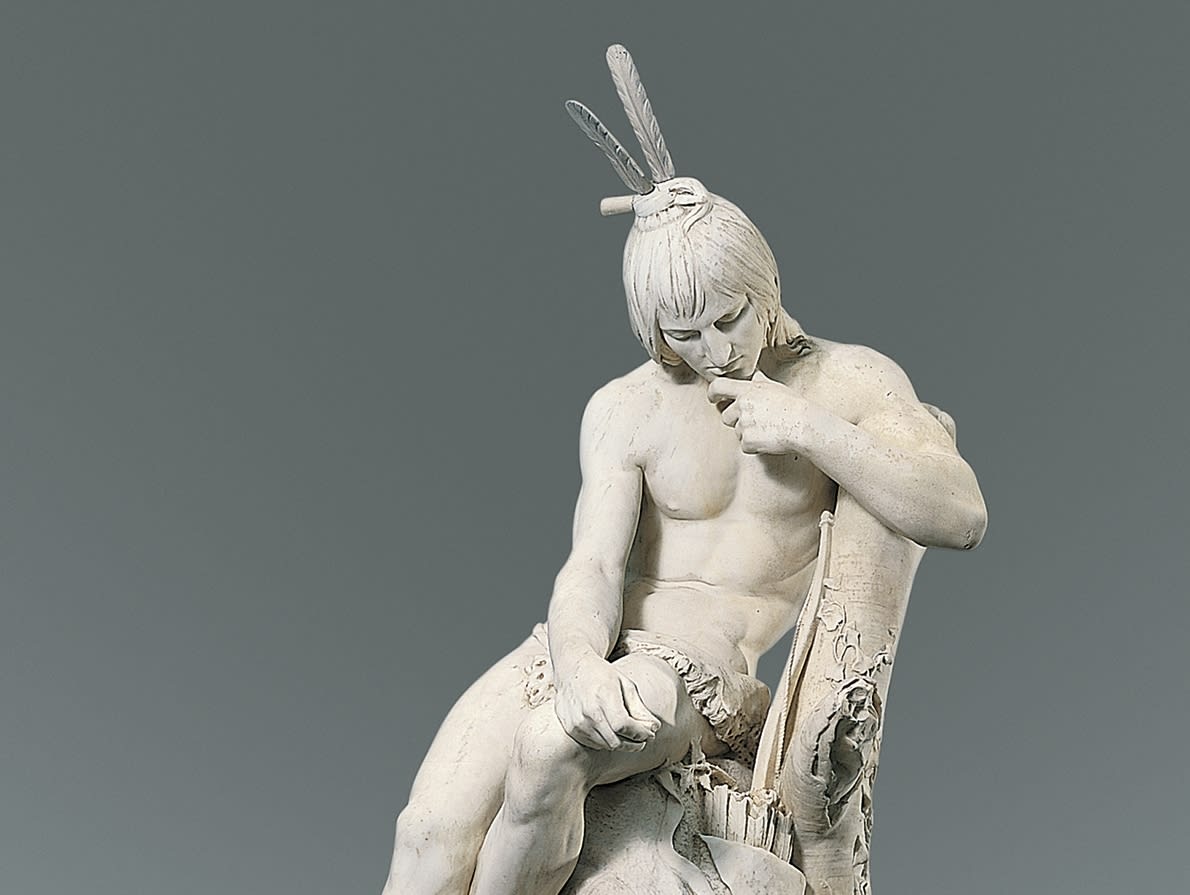
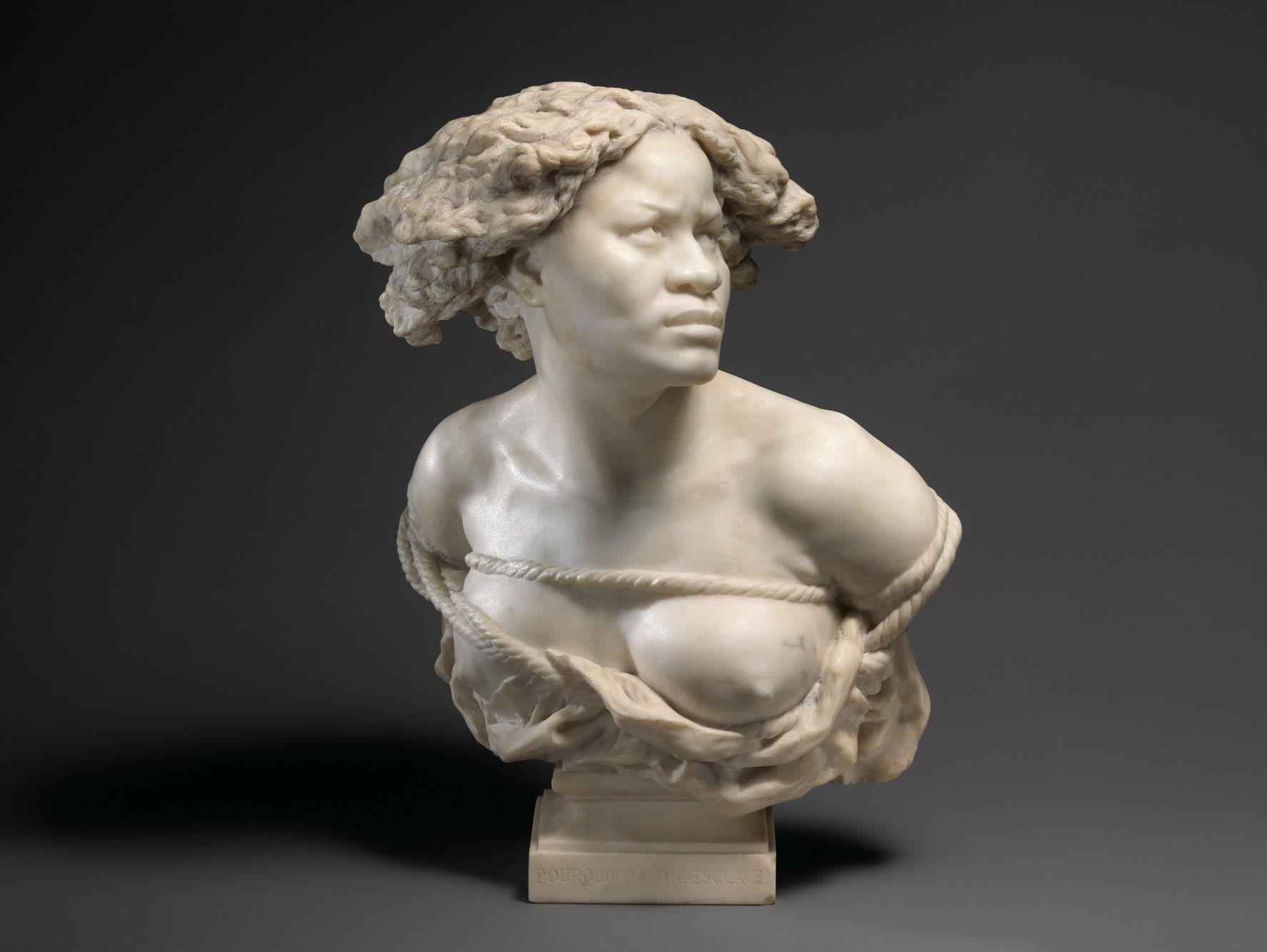
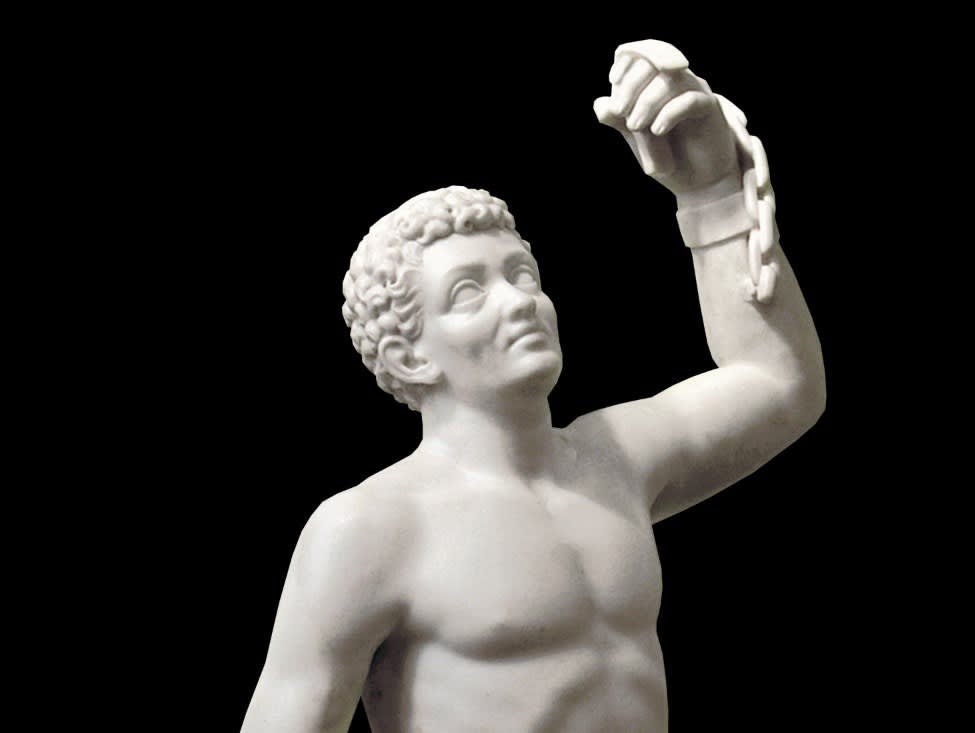
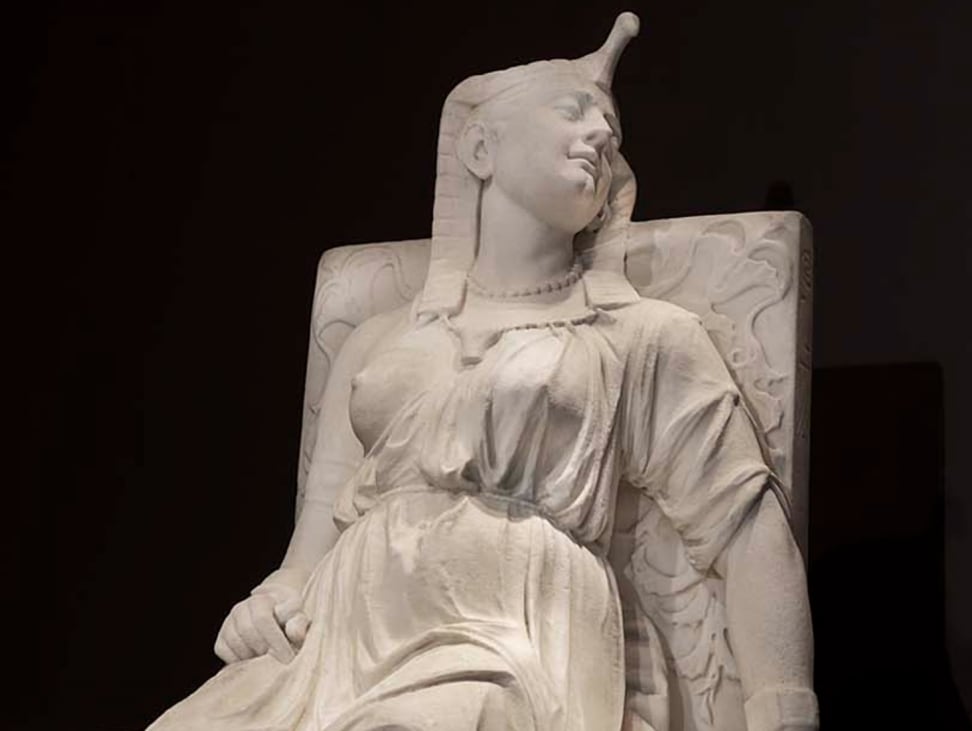
This photo shows the Benin bronzes on display at the British Museum in London, stolen from Nigeria by British colonial troops in 1897. What percentage of Africa’s cultural heritage objects are believed to be held in Europe?
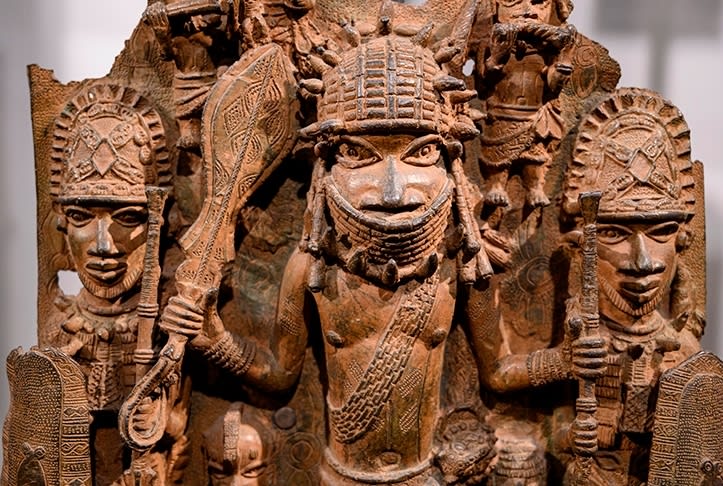
According to a report in 2018, it is estimated that around 90% of Africa’s cultural heritage objects are believed to be held in Europe.
A growing number of European institutions are sending back looted artifacts and artworks to their countries of origin (also called 'restitution' or 'repatriation' of objects). In July 2022, for example, Germany signed a key agreement transferring ownership of more than 1,100 works to Nigeria.
The British Museum houses over 900 objects from the Kingdom of Benin. This month, the culture minister of Nigeria, Lai Mohammed, said that the British Museum has an ethical duty to return the objects: “Returning them back home, especially for those who don’t understand or who are divorced from our cultural background, will serve many purposes. One, it will teach and educate; two, it will revive certain parts of our customs and tradition that have been long forgotten.”
This is a portrait of Ira Aldridge. What was his profession?

Ira Frederick Aldridge was an American and later British stage actor and playwright who made his career after 1824, largely in London and in Europe. He was the first black actor to play a Shakespearean role in Britain, most famously as Othello. Alridge was also a public speaker in support of the abolition of slavery, as well as a model for many artists of his day.
This portrait was made by James Northcote in 1826. It shows the 19-year-old Ira Aldridge in the role of Othello. Alridge was only identified as the sitter in the 1980s, and there is growing research into his life and career.
You got {number correct}/{number of questions} correct answers
Thank you for taking our quiz, we hope you enjoyed it!
